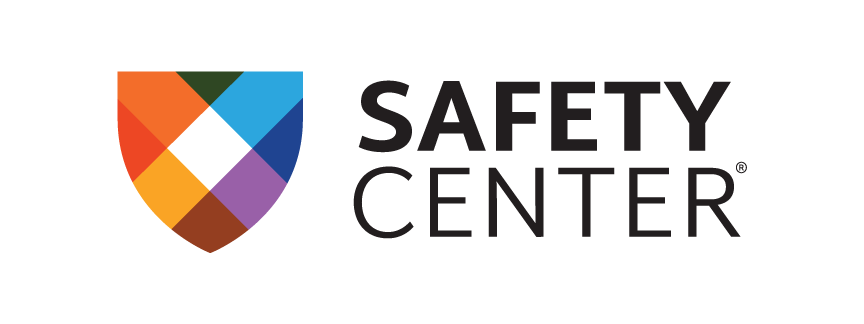A Safety Management Approach
Bob Lapidus, CSP, CSMS
Oftentimes, accidents happen because we do not plan what we are going to do. We do not think about what hazards pose a threat to us on the particular job that needs to be done.
There are different names of analytical systems that help employers and their employees prepare to do a task safely. Three such systems are Job Safety Analysis (JSA), Job Hazard Analysis (JHA), and Pre-Job Briefings. The latter system is sometimes the implementation of the first two.
We have a job that needs to be completed. If the task has been evaluated previously, we might have a document that carefully lists the steps we need to take, what hazards are involved, and what actions we can initiate to reduce or even eliminate those hazards. If we do not have such a document, something like it truly needs to be created prior to beginning the task.
We need to think through:
1. The various tasks we are going to do
2. The people involved
3. The equipment we are using
4. The environment in which we are working
5. The hazards built into the task, the people and the equipment
6. What personal protective equipment will help us most to eliminate or at least reduce getting hurt
7. Who will work together and how will employees assist each other
8. What changes do we have to make to how we normally do our work to ensure a safe working experience in this case
9. What steps do we take in the event of an accident
There may be times during the job that work needs to be stopped to adjust what is going on due to changes out of our control or things we find that are different from our original assessments. Better to stop than to let someone get hurt.
Accidents happen in a split second. The optimum scenario is prevention, not letting an accident happen. What we do to prevent the accident is all part of the planning process.
For More Information:
To become part of discussions on topics like the one above, go to www.safetycenter.org to obtain information about Safety Center’s Safety Management Specialist Certificate.
After completing this nine-day program, graduates may take the exam to achieve the Certified Safety Management Specialist (CSMS) designation. Recipients of the CSMS receive a beautiful plaque and become part of an elite group of safety specialists who have achieved this recognition. Once this certification is attained, successful candidates keep it for the rest of their lives without any additional requirements or fees.

